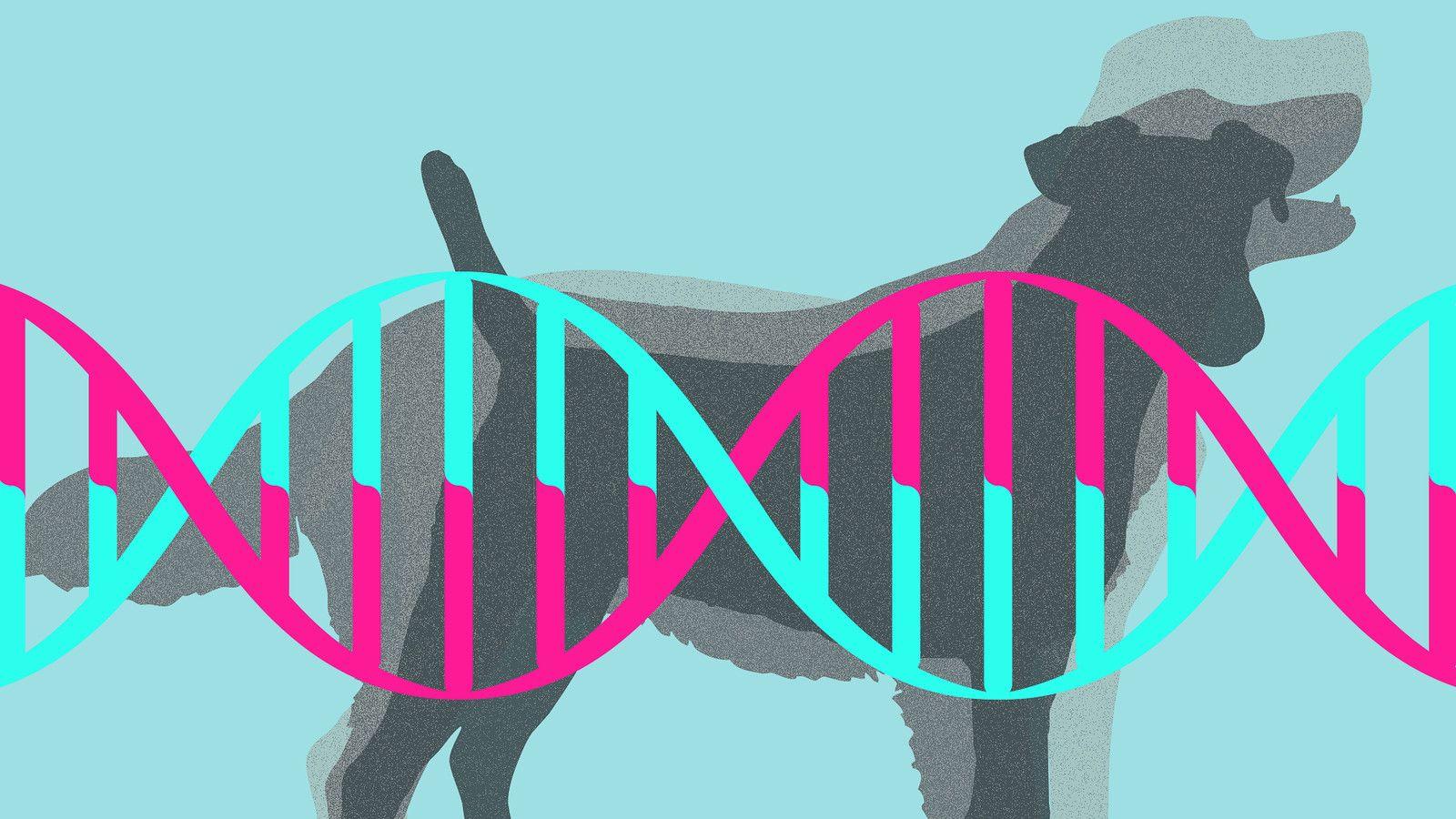The animal genetics market is witnessing a surge in investments dedicated to livestock genetic research and development (R&D), driven by the increasing global demand for sustainable, efficient, and productive animal agriculture. These investments are transforming the industry, enabling breakthroughs in genetic technologies and reshaping how livestock are bred, managed, and utilized to meet growing food security and sustainability challenges.
The primary motivation behind these investments is the rising demand for animal-derived products such as meat, milk, and eggs. With the global population projected to surpass 9 billion by 2050, the agricultural sector faces immense pressure to increase productivity while minimizing environmental impacts. Livestock genetic R&D offers promising solutions to these challenges by improving traits like feed efficiency, growth rates, disease resistance, and fertility. Such advancements not only enhance the economic viability of livestock farming but also reduce resource consumption, making production more sustainable.
Genomic technologies are at the forefront of this transformation, benefiting immensely from increased funding. Genomic selection, which analyzes the DNA of animals to identify and propagate desirable traits, is revolutionizing breeding programs by providing breeders with accurate, data-driven insights. This technology enables rapid genetic improvement, reducing the time and cost required to achieve specific breeding goals. For example, dairy farmers are using genomic tools to breed cows with higher milk yields and better health profiles, improving productivity and animal welfare simultaneously.
Investments in gene-editing technologies, particularly CRISPR-Cas9, are further driving the animal genetics market. Gene editing enables precise alterations to livestock DNA, opening doors to revolutionary advancements in traits that were previously difficult or impossible to achieve. Researchers have used this technology to develop pigs resistant to porcine reproductive and respiratory syndrome (PRRS), a disease that costs the global swine industry billions annually. Similarly, gene-editing techniques are being explored to create heat-tolerant cattle and disease-resistant poultry, addressing the challenges posed by climate change and emerging pathogens.
A significant portion of the funding is also directed toward big data and artificial intelligence (AI) integration into livestock genetics. AI-powered tools are transforming how genetic data is analyzed, allowing for the identification of subtle patterns and correlations that may go unnoticed with traditional methods. These tools are helping farmers and researchers optimize breeding strategies, predict outcomes with higher accuracy, and accelerate the adoption of precision agriculture practices.
Public and private sectors are playing crucial roles in driving these investments. Governments are funding research initiatives to boost food security and sustainability, while private companies are investing heavily in genetic innovation to maintain competitiveness in a rapidly evolving market. Partnerships between research institutions, biotech firms, and agricultural organizations are fostering collaborative environments where knowledge and resources are shared to achieve common goals.
Despite the promising advancements, the surge in genetic R&D investment also raises ethical and regulatory considerations. Concerns surrounding animal welfare, genetic modification, and potential ecological impacts must be addressed to build public trust and ensure responsible implementation of these technologies. Regulatory frameworks are adapting to balance innovation with ethical considerations, paving the way for widespread acceptance of genetic advancements.
In conclusion, surging investments in livestock genetic research and development are driving unprecedented growth in the animal genetics market. These investments are unlocking new opportunities to improve productivity, enhance sustainability, and address pressing challenges in modern agriculture. As the sector continues to evolve, the outcomes of this surge in R&D will shape the future of global food systems, ensuring a more sustainable and secure supply of animal-derived products for generations to come.



